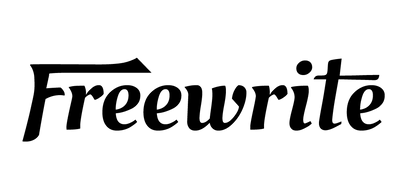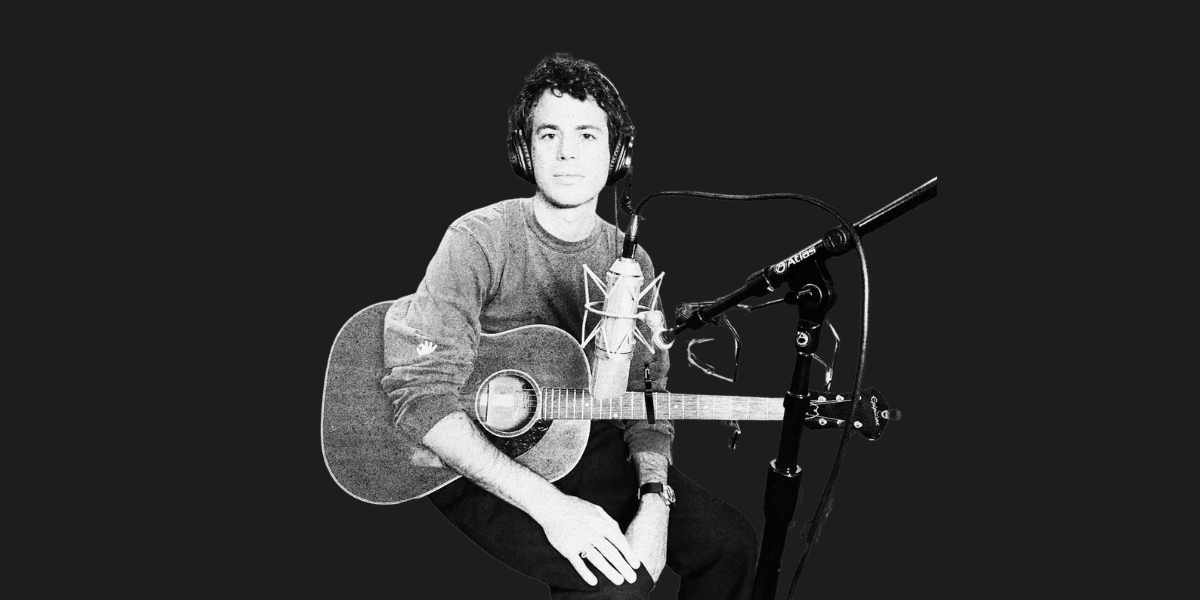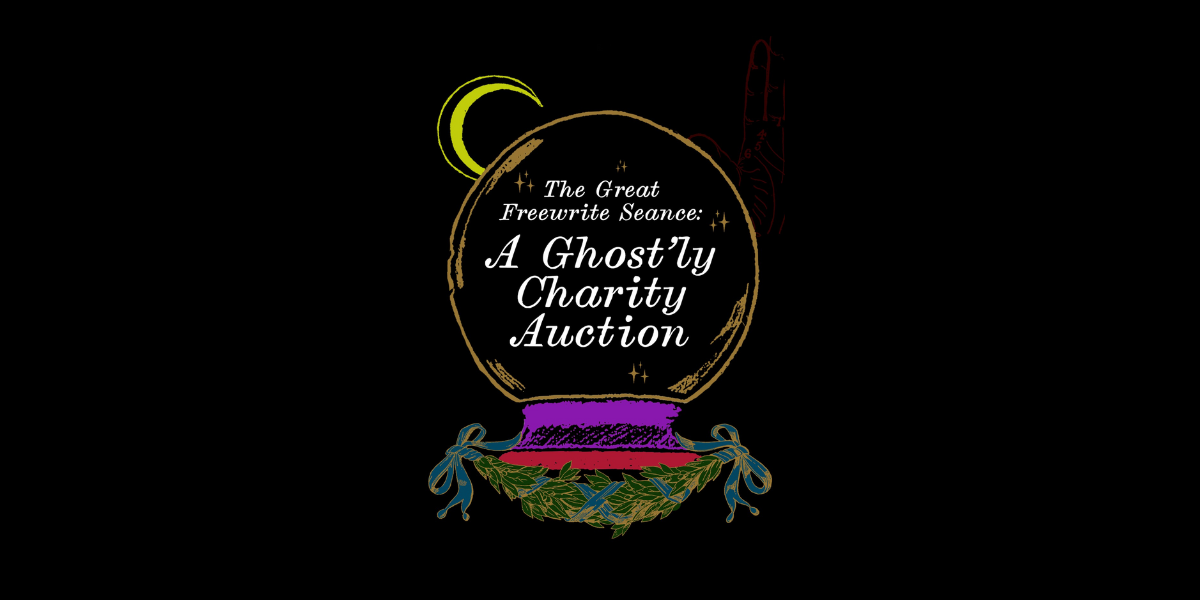Lord of the Rings was published in 1954 and Dune in 1965, but in case they're still on your TBR list, be warned that spoilers for both books are ahead.

In another life, I picture John Ronald Reuel Tolkien and Frank Herbert sitting down in some earthy pub, discussing their current fixations — religions, ecology, and beyond.
Here, they’d be in their retirement: Tolkien at 70-something and Herbert in his late 50s. This is a time when you could smoke indoors, so Frank fills his tobacco pipe and looks for a light, and Tolkien, a fellow tobacco user, strikes a match.
Maybe they’d whip out their books, comparing the covers, which sport similarities, featuring mountains that shrink vague humanoid shapes in the path of adventure. Tolkien would admire the stately but calligraphic script of Dune written out across the top, juxtaposed against the rust and cave-green rocks of Arrakis. Herbert would notice the winding mountain paths sfumato in the distance, emulating a cover of mist, while the twisting tree branches frame tangerine typeface, reading Lord of the Rings.
It's easy to picture the British scholar and the American journalist nonchalantly chatting about the creation of their works that would form the bedrock of the science fiction and fantasy genre modern readers recognize today.
However, in reality, this couldn’t be further from the truth.
By March 1966, Tolkien had received his second copy of Frank Herbert’s Dune, from his friend John Bush, to which he penned:
“It is impossible for an author still writing to be fair to another author working along the same lines. At least I find it so. In fact I dislike Dune with some intensity, and in that unfortunate case it is much the best and fairest to another author to keep silent and refuse to comment.’
This unpublished letter was later annotated as part of Tolkien's personal library and included one last line that read:
“Would you like me to return the book as I already have one, or to hand it on?”
When you strip away the settings — the vast plains of Middle-earth and some far reaches of the future in outer space — the rich cultures of the food-loving Hobbits and the endurant Fremen, and the trajectories of Frodo Baggins and Paul Atreides as heroes, J.R.R. Tolkien and Frank Herbert have more similarities in their world-building than differences. However, those key differences lay within their philosophies and beliefs as writers and ultimately eclipse any comparisons between the two works.

A Difference in Morality
One of the writers’ greatest differences was their existence on polarizing parts of the ethical spectrum. Tolkien subscribed to deontology, while Herbert was a pure consequentialist. What does this mean?
In ethics, deontology boils down to determining how right or wrong an act is based on its nature and not its consequences — if the intent of the action itself was inherently good or bad.
Sauron made The One Ring to rule them all and did so with the purpose of enslaving Middle-earth to his will. Smeagol was a Hobbit before he killed his friend to take possession of the ring, which later transformed him into the grotesque cave-dweller we know and love. Boromir, seduced by the might and majesty of the ring, tried to seize it from Frodo in an attempt to help his people of Gondor.
Deontologism is perhaps most famously exemplified by Gandalf in the Mines of Moria, where Frodo claims Bilbo should’ve killed Gollum when he had the chance — as he was tailing The Fellowship through the dark. The wise wizard replies,
“Many that live deserve death. Some that die deserve life. Can you give it to them, Frodo? Do not be too eager to deal out death in judgment.”
(Ian McKellen delivers these lines deliciously, I may add, in the Peter Jackson films.)
Tolkien then spins the principles of deontology in the final climactic scene, where Frodo, after traveling years to Mordor, finds himself taken by the power of The One Ring, the lava of Mount Doom reflected in its golden glint. Incapable of tossing it into the fire, he rips it off its chain and places it on his finger, which is later bitten off by Gollum — who falls into the fiery pit, taking the ring with it.
Here, Frodo, with the intention of keeping the ring, rejects his quest to destroy it, which results in him losing not only power but a literal part of himself. Gollum steals the ring without the intention to dispose of it, but in doing so, captured in his Precious’s beauty, falls off the cliff, destroying himself and The Ruling Ring. This irony pins either character’s actions in opposition of right or wrong and complicates the dynamics of their characters. The hero of the story commits a bad action, and the villain of the story commits another bad action that results in a good outcome. However, Tolkien, as a deontologist, forgoes the consequences.
On the other hand, consequentialism posits that it doesn’t matter what the intentions of the acts are, because the morality of their outcomes supersedes choice. Many times in Dune, Paul Atreides (marvelously played by both Timothee Chalamet and Kyle MacLachlan) is faced with prophetic, Melange-induced visions of him following the path of Lisan Al Gaib (Voice of the Outerworld) and becoming the Kiwsatz Haderach (Shortening of the Way), which leads to famine, ruin, and genocide. But, in becoming the “Messiah,” Paul unites the different factions of the Fremen and brings “green paradise” to the desert planet, which in turn makes it more inhabitable for its populace. To Herbert, the sacrifice is worth the gain, and morality is more complicated than Tolkien’s version, as heroes commit non-hero acts to influence their outcomes.
This morality is further questioned in the amoral landscape the Dune series is set in, which is perfectly summed up by one of the series’ main villains, Baron Vladimir Harkonnen, who famously says,
“Observe the plans within plans within plans."
This suggests there is a lattice of ulterior motives. The intergalactic sisterhood known as Bene Gesserit has for centuries influenced the bloodlines of certain royalty in preparation for the Kiwsatz Haderach. They’re scattered throughout the galaxy, planting prophecies of the chosen one across many worlds. Lady Jessica, Paul’s mother, is a Bene Gesserit Reverend Mother by the end of the book, fueling the flame for religious extremists of the coming of the Lisan Al Gaib, who is prophesied to free them.
With the populace of the Fremen primed for the coming of their “Messiah,” Paul only has to fulfill the prophecy, survive the tests, in order to culminate the Fremen forces and properly avenge the death of his father, Duke Leto, and the House of Atreides. But Paul consistently holds himself back from completing the prophecy as he sees glimpses of an uncertain and dangerous future ripple out from his actions.

A Question of Religion
While ethics is one arena where the authors disagreed, Tolkien’s and Herbert’s religious views were another.
Herbert wanted his readers to be skeptical of his heroes and often viewed religion as a way to control the masses and imbue false expectations — himself being non-religious.
In Dune, Paul himself struggles with the knowledge that the prophesied Messiah the Fremen cling to was partially created by the Bene Gesserit, and he, like a pawn, has to make his moves carefully. Yet, miracles present themselves within his encounters with Shai-Hulud — Dune’s giant sandworms — as he traverses the deserts in exile.
On the other hand, Tolkien, a devout Catholic, clung to religiosity as a way to channel the eternal truths about kindness and redemption. Even within the magic systems of The Lord of the Rings,Tolkien portrays spells and those who cast them as connecting to a higher power or cosmic order. Wizards and wraiths fling up their staffs and swords to crack lightning or emit flame like spectacles from the Old Testament.
Tolkien’s religion wasn’t a tool to control people, more so a system of meanings and beliefs, while Herbert fleshed out a warning of what these beliefs could do when pushed to the extremes in a duplicitous universe.
Where the Differences End
Recently, I read my favorite passages from The Fellowship of the Ring —where the Fellowship travels through the Mines of Moira — and the first chapter of Dune— when Paul is tested by the Reverend Mother to put his hand in the box — looking for any differences in how the two writers construct sentences.
Instead, I found similarities.
Tolkien and Herbert both write for the camera, bringing a close third person POV to the reader while pumping in tension with gripping asides from our narrators.
Consider “The drums below in the deep,” throughout Moria, and the Dune characters chanting, “I must not fear. Fear is the mind-killer. Fear is the little-death that brings total obliteration.”
When looking into the writers' backgrounds, I found even more similarities. As children, Tolkien dabbled in landscapes while Herbert photographed the forests in his backyard. Tolkien adored his mother’s calligraphy, which fed his hobby of map-making and cartography. Herbert tore through wildlife books from every hemisphere in pursuit of specific knowledge.
Both writers created their own maps for their novels, filling these wild lands with mythical creatures and going so far as to create specific alphabets and phonetic languages, which bloomed into rich cultures. Both settings are instrumental to each writer’s presentation of the folly or prosperity of man.

Two Cultural Touchstones
While there is a written record of Tolkien's distaste of Dunein Tolkien’s library, there is little written record of Herbert’s thoughts on The Lord of the Rings.
All three Lord of the Rings books were published between 1954 and ’55, leaving Herbert thirty-one years to potentially take up the series. An animated film combining major plot points from the first two books was released in 1978, eight years before Herbert’s passing in 1986, which presented another opportunity as The Lord of the Rings entered the cultural zeitgeist.
By the 1980s, there had been three attempts to make Duneinto a film, with the final culminating in David Lynch’s 1984 cult classic. And when you finish streaming the modern adaptation of Dune, or The Lord of the Rings films from the early ’aughts,HBO Max will suggest the other series for you to add to your queue. It seems these two cultural touchpoints have always been in orbit of each other.
I place myself in the shoes of an avid reader in 1954 and then again ten years later, in 1965. Within just over a decade, two literary masterpieces were published, opening a whole new world of thinking, settled by characters we love to hate and those we root for, and made all the more impressive by the care both writers took with their words.
Speculation
In another life, I find my definitive answer to why Tolkien disliked Dune "with some intensity" — an answer unclouded by literary theory, ethical concepts, and burning musings on religiosity. I can see Tolkien not jiving with Herbert’s Messiah and his concept of religion being used as a tool for genocide, in addition to just genuinely not liking the morality of its characters.
But this is informed speculation.
In another life, I’m sitting in that earthy pub alongside them, hearing two master writers swap epochs.
I’ll forgo the tobacco, but I’ll let Tolkien and Herbert buy me a lemonade. I’ll sit idly by while they talk of sandworms and Balrogs.
But, unfortunately, I’m here, in this life, where all we have is escapism.
[RETURN TO “WHAT WRITERS CAN LEARN FROM JRR TOLKIEN.”]
--
References
Cilli, Oronzo: Tolkien's Library: an Annotated Checklist.USA: Luna Press Publishing, 2019.
Fraser, Greig and Josh Brolin. Dune: Exposures.USA: Insight Editions, 2024.
Herbert, Brian. Dreamer of Dune: The Biography of Frank Herbert.USA: Tor, 2003.
Herbert, Frank. Dune.USA: Berkley Publishing, 1997.
Max, Every. A Masterpiece in Disarray David Lynch’s Dune an Oral History.USA: 1984 Publishing, 2023.
Tolkien, J.R.R. The Fellowship of the Rings.USA: Ballantine Books, 1973.
Zaleski, Philip and Carol Zaleski. The Fellowship: The Literary Lives of the Inklings.USA: Farrar, Straus and Giroux, 2015.




























